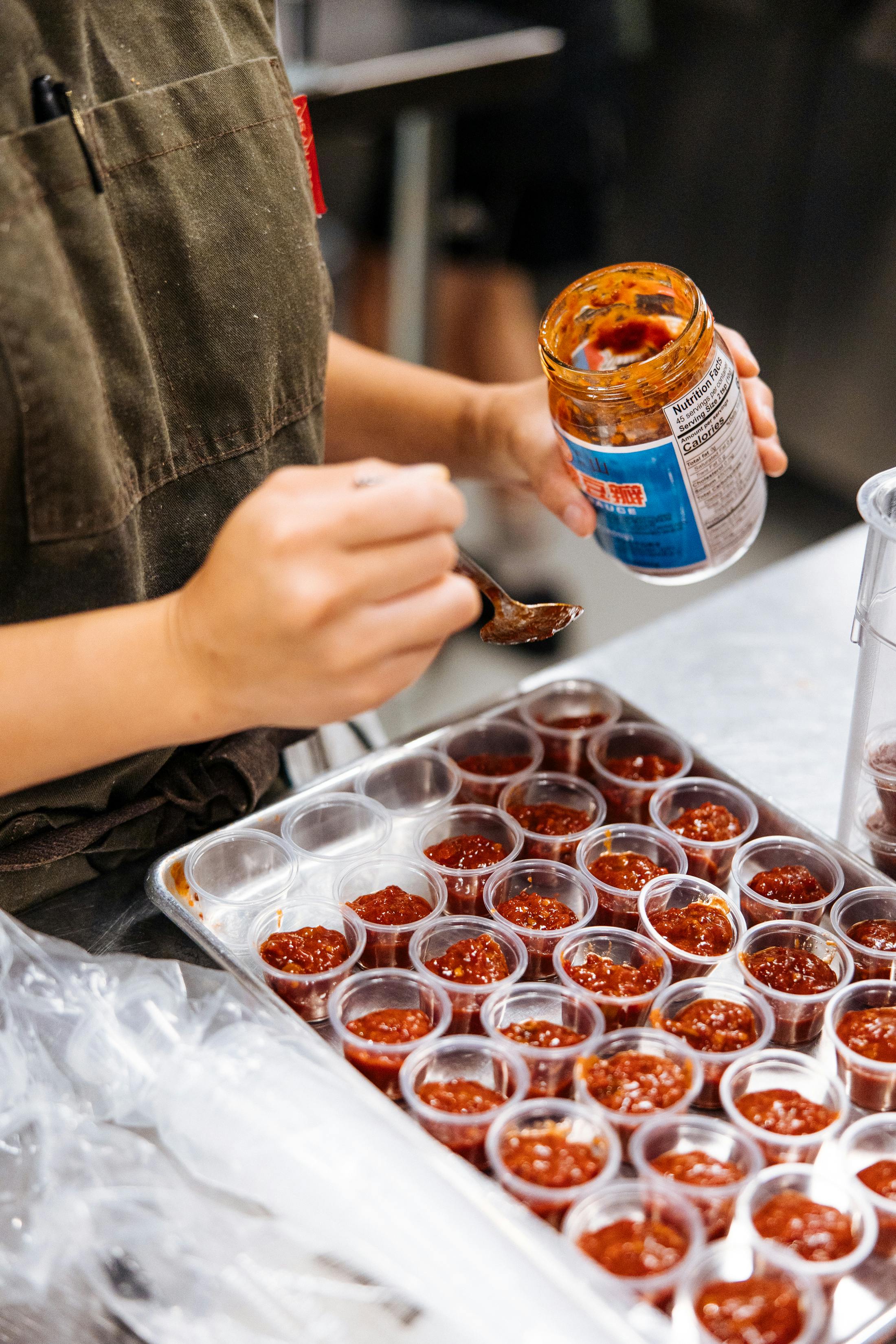Food processing is a vital pillar of Australia’s food industry, accounting for a significant portion of the country’s economic activity. In fact, Australian food and beverage spending totals $158 billion, spanning both FMCG and food service channels. Processed foods are a key player in this landscape, meeting consumer demand for convenience, quality, and variety.
For food businesses, understanding food processing offers valuable insights into ingredient quality, supply chain reliability, and sustainable practices. As the demand for healthier, minimally processed foods grows, Australian chefs are uniquely positioned to balance convenience with conscious cooking.
What is Food Processing?
At its core, food processing refers to transforming raw agricultural products into consumable food items through techniques such as cleaning, milling, fermenting, or packaging. It plays a pivotal role in making food safer, extending shelf life, and improving accessibility.
In Australia, common examples of processed foods include wheat converted into flour, milk turned into cheese, and meat prepared for retail. These transformations often take place in food manufacturing facilities, where large-scale production meets stringent quality standards. For chefs, leveraging high-quality processed ingredients can enhance efficiency in the kitchen while allowing room for culinary creativity.
Types of Food Processing in the Australian Market
Food processing can be divided into three key categories, each catering to different needs within the supply chain.
Primary Processing
This involves the initial transformation of raw materials into usable forms, such as milling grains into flour, extracting sugar from cane, or preparing meat for distribution. These essential processes typically occur in a food manufacturing plant, where raw ingredients are handled with precision before moving to the next stage of production.
Secondary Processing
Secondary processing takes primary products and refines them into more complex food items, such as bread, pasta, or yoghurt. A food factory in Australia might specialise in crafting artisanal cheeses or premium baked goods, blending traditional craftsmanship with modern food technology. This level of processing allows for more diverse culinary applications while maintaining quality and flavour.
Tertiary Processing
The final stage, tertiary processing, focuses on ready-to-eat or heat-and-serve meals, catering to consumers seeking convenience. From frozen dinners to pre-packaged meal kits, these products are commonly produced in food manufacturing factories that balance efficiency with evolving consumer expectations. As demand grows for healthier, high-quality convenience foods, innovations in food manufacturing in Australia continue to shape the market.
Benefits and Challenges of Food Processing for Australians
Like any industry, food processing comes with numerous advantages and notable challenges. Understand both sides and learn how to navigate the following aspects thoughtfully:
Benefits of Food Processing
- Extended Shelf Life: Many processed foods, such as vacuum-sealed meats and pasteurised dairy, last longer, helping reduce food waste. This is especially beneficial for chefs managing perishable inventory. Advances in food manufacturing construction have further optimised preservation techniques for better efficiency.
- Improved Food Safety: Techniques like pasteurisation and sterilisation eliminate harmful bacteria, ensuring compliance with Australia’s stringent food safety standards. Many food manufacturing facilities specialise in these processes to maintain consistency and hygiene.
- Year-Round Availability: Processing allows seasonal produce, like tomatoes or berries, to be preserved for year-round use. A food factory specialising in frozen or canned goods ensures chefs have access to high-quality ingredients regardless of the season.
Challenges of Food Processing
- Nutrient Loss: Some high-temperature processing methods can deplete essential vitamins and minerals. To counter this, food manufacturing plants are investing in improved techniques to retain more nutrients while extending shelf life.
- Additives and Preservatives: Many processed foods contain artificial ingredients to enhance flavour or longevity, which may not align with consumer preferences for natural options. Chefs must navigate these choices carefully to balance convenience with clean-label ingredients.
- Environmental Impact: The energy-intensive nature of food manufacturing in Australia, from packaging to transportation, contributes to greenhouse gas emissions. As sustainability takes priority, the industry is adopting greener solutions to reduce its footprint.
Sustainable and Ethical Food Processing in Australia
Sustainability and ethics are becoming central to food processing in Australia, with both chefs and consumers demanding more environmentally and socially responsible practices. Below are some ways these principles are being applied:
Local Sourcing
By prioritising Australian-grown ingredients, food businesses reduce the environmental impact of imported goods. Many food manufacturing facilities are shifting towards regional suppliers to support local farmers while improving supply chain efficiency.
H3: Minimised Waste
Innovative strategies help repurpose food by-products, such as using fruit pulp for jams or converting organic waste into compost. Some food manufacturing factories have even introduced zero-waste policies to ensure more sustainable operations.
Renewable Energy
Many production sites are transitioning to solar and wind energy to reduce reliance on fossil fuels. Some food manufacturing construction projects now incorporate energy-efficient designs, further lowering long-term operational costs.
Eco-Friendly Packaging
The rise of biodegradable and recyclable materials is reshaping food packaging solutions. A food factory in Australia producing packaged goods is more likely than ever to adopt sustainable alternatives to traditional plastics.
Fair Labour Practices
Ethical sourcing includes ensuring fair wages and safe working conditions in both agricultural and food manufacturing sectors. Transparency in labour practices builds trust with consumers and strengthens the industry’s social responsibility.
The Future of Food Processing in Australia
The evolution of food processing in Australia reflects its dynamic response to consumer preferences and market trends. From primary techniques to innovative ready-to-eat solutions, the industry is continuously adapting to align with sustainability, health-consciousness, and efficiency.
For chefs and food businesses alike, these advancements present opportunities to refine sourcing and preparation strategies. Whether working in a food factory or a small-scale production kitchen in Australia, embracing new technologies and responsible practices will be key to long-term success.
At ChefCollective, we simplify the operational challenges of food businesses by offering fully equipped commercial kitchens designed for flexibility and efficiency. From delivery and production kitchens to catering facilities, ChefCollective supports chefs and food businesses in Australia with spaces tailored to today’s growing food industry.
